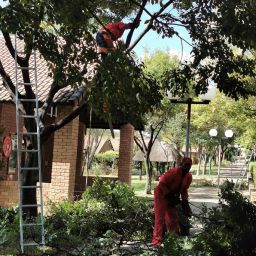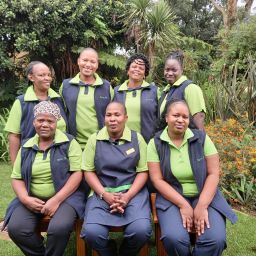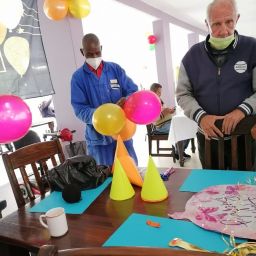In the face of mounting service delivery challenges, Rand Aid Association is turning adversity into innovation.
Regular power and water outages continue to affect daily life across South Africa. In response, Rand Aid has begun implementing large-scale, integrated alternative energy and water systems at selected sites, as part of a phased pilot project. Building on earlier initiatives, this broader approach aims to improve self-sufficiency, reduce utility costs and ensure more reliable access to essential services for residents.
“We realised by mid-2023 that we had to act,” says Wim Pieterse, Rand Aid’s GM of finance and services. “The added bonus is that we’re not only protecting our residents from the inconvenience of outages, but we’re saving on water and electricity bills too.”
New water system in place
Frequent water cuts as a result of prolonged load-shedding and failing municipal infrastructure had made the water supply at Rand Aid’s villages and care centres unreliable. Though the organisation had water tanks, expecting elderly residents to cart containers around was neither practical nor safe.
A long-term solution was needed. After site visits and careful testing, including six exploratory boreholes to find the best underground water source, a robust water system was installed and completed by the end of March 2025. It now serves Rand Aid’s head office, as well as Inyoni Creek and Tarentaal villages.
At the heart of the system is a nine-metre-high tank with a 425 000-litre capacity, ensuring residents have access to water for up to a week during outages – at reduced pressure and with a temporary ban on garden watering. Water is pumped from the borehole to a central filtering station and into the tank, passing through four filters to ensure it’s 100% potable. The system is flexible too; it can switch between municipal water and borehole supply, depending on availability and need.
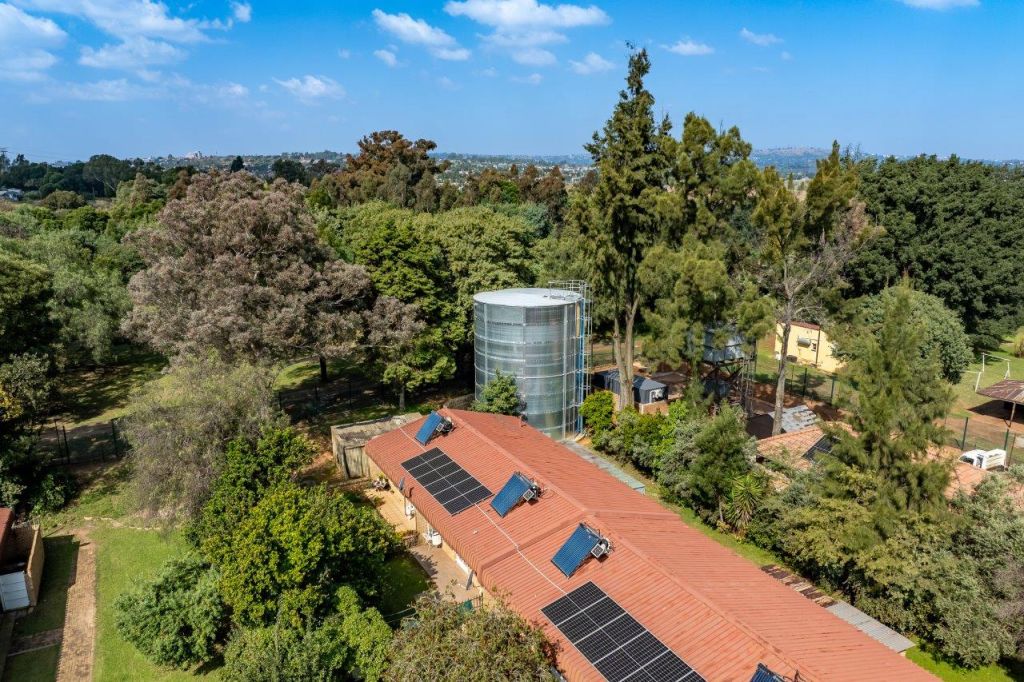
“The wonderful rains in late summer ensured there’s plenty of groundwater,” says Wim. “Since the system was activated, we’ve used over 2 665 kilolitres of borehole water.”
Notably, residents at these villages have not experienced a single water outage since the system went live.
With this success, Rand Aid is now preparing to roll the project out to Thornhill Manor and, thereafter, Elphin Lodge.
Solar brings relief and savings
Power issues, from cable theft to load-shedding and ageing infrastructure, also prompted Rand Aid to act. While security systems had long been backed up by generators, and some residents had installed solar water heaters, 2023 marked the beginning of a broader move toward solar energy.
Solar panels and inverters, though without batteries for now, have already been installed and are operational at Tarentaal, with work at Ron Smith Care Centre 85% complete. Even though load-shedding is currently less severe, the shift to solar continues to deliver significant savings on electricity costs.
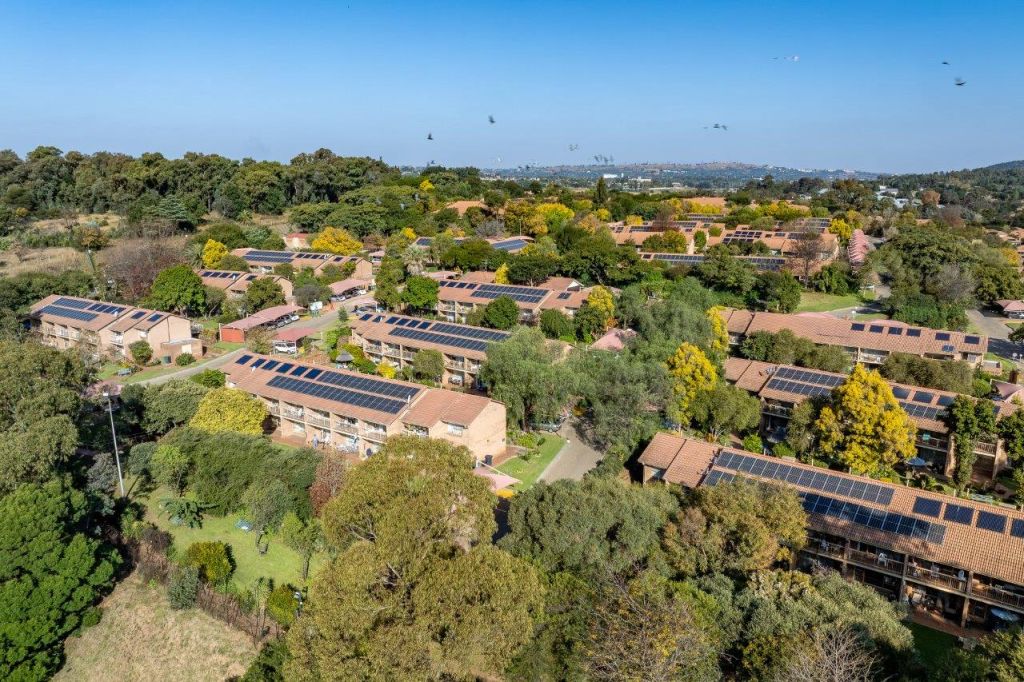
A legacy of sustainability
Rand Aid’s commitment to sustainability isn’t new. Back in 2010, the organisation adopted a green energy management programme. By 2012, they had reduced electricity consumption across all services by over 10%, and a variable speed drive booster pump system, installed in 2012, had automated borehole irrigation to supply water to the expansive gardens at the head office complex.
Other initiatives over the years have included individual electricity metering and monitoring and the promotion of solar water heaters for residents – all part of Rand Aid’s ongoing effort to reduce environmental impact and operating costs.
Living the Rand Aid Way
These improvements speak directly to The Rand Aid Way, an ethos launched in early 2025 that encourages compassionate living and community empowerment. “This is exactly what the Rand Aid Way is all about,” says Wim. “It’s about proactive solutions, residents’ well-being and creating a safe, supportive environment.”

Inyoni Creek deputy manager Marinda Looyen and social worker Michelle Matsolo in front of the 425 000l water storage tank.




